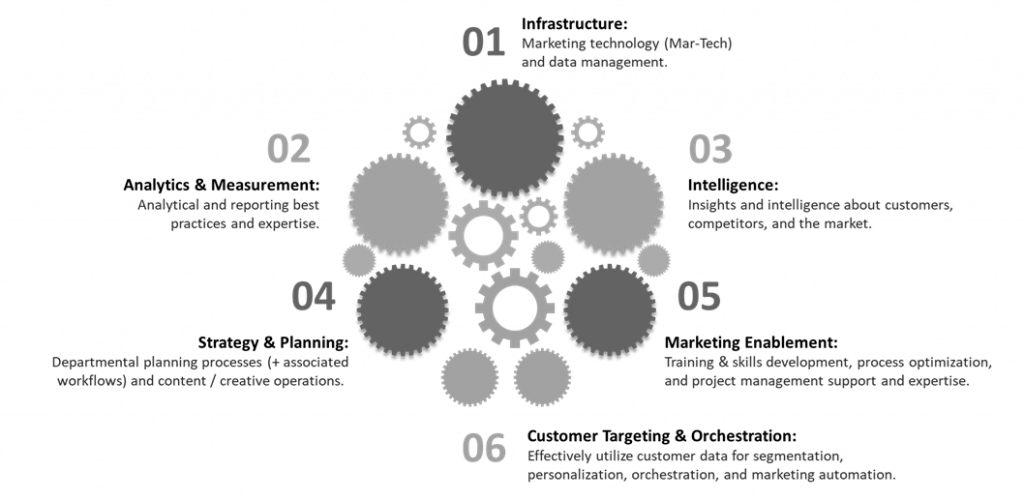

The digital revolution has brought significant changes to the way businesses operate today. With the advancement in Mobile tech, multi-Device access points to commerce and online payment solutions, brands are faced with the need to adapt their marketing operations to suit the era of digitally savvy customers. In this article, we will discuss the importance of leveraging the right advertising operations model, befitting the unique needs of your business in this day and age.
The digital marketing ecosystem is complex and constantly evolving, which makes it challenging for businesses to keep up with the latest trends and best practices. There are multiple channels and platforms that brands need to consider when designing their marketing strategy, such as social media, email marketing, search engine optimization, and paid advertising. Each channel requires a different approach & set of skills, which can be overwhelming for brands that do not have dedicated teams to anchor the conversation.
To create an effective marketing strategy, brands need to leverage the right Advertising operational model. This defines how the servicing teams are organized, how it collaborates with the other departments, and how it executes its marketing activities. The most common operational models to work with, depending on the goals, resources, and organizational structure; namely:
A centralized model essentially is one where a center of excellence team with dedicated experts is responsible for all marketing operations. While a decentralized model has separate dedicated pods with specialists catering to specific marketing tasks. In today’s scenario, it is not an either/or debate anymore. Rather the focus is on leveraging the key benefits from the existing models and crafting one to fit your requirement, a Hybrid model!
Centralization & Decentralization both, bring with them their own set of pros & cons. The ideal scenario is the Brand X Agency model that leverages key strengths and maximizes the advantages that bring you closer to your goals. This means, keeping in mind key specification choices while designing the operating model-
This consideration has significant relevance today, especially with marketing operations playing a very crucial role in driving outcomes that are customer-centric and lasting brand experiences.

Enters the Hub & spoke model, which brings together the advantages of both a centralized & decentralized structure, leveraging their best features and unifying actions for a common goal. The hub acts as the Centre of excellence, bringing in the best of centralization, enabling delivery excellence. While the spokes represent the various operating teams connected to the hub, delivering the best of decentralization.
The emphasis here is on structuring the marketing operations with a renewed emphasis on tech, data, processes & talent. See figure below-

Implementing this operational practice provided the Bank with an integrated strategic plan, packaged with Global best practices & Industry knowledge. Delivering increased efficiency in a standardized form, at a faster TAT. Here are some of the impact observed post implementation-

